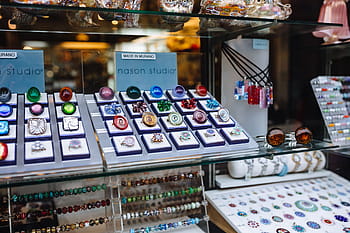Unraveling the Mystery of Alexander’s 336–323 BC Stater
페이지 정보
작성자 Selma 작성일 25-11-06 23:52 조회 12 댓글 0본문

Across antiquity, coins served not merely as currency but as instruments of political messaging, royal legitimacy, and imperial control.
The Macedonian stater of 336–323 BC stands as one of antiquity’s most iconic monetary artifacts, intrinsically tied to the legacy of its most famed ruler.
Often, one side bears the stern countenance of Zeus, while the other depicts Heracles seated in contemplative repose, each image meticulously crafted to convey imperial authority.
Every detail of its craftsmanship speaks to a calculated propaganda effort, merging local reverence with pan-Hellenic symbolism to unify a fractured world under one banner.
What renders this stater truly enigmatic is not merely its widespread use, but the staggering volume produced during Alexander’s relentless campaigns.
Thousands of these coins were struck in a dozen cities scattered across three continents, each mint operating under the shadow of war and ambition.
The engineering behind producing such a massive, uniform output without modern tools remains one of antiquity’s greatest industrial achievements.
Even within this standardized currency, telltale signs—slightly off-center strikes, uneven relief, impurities in the silver—hint at regional variations in minting discipline.
In times of campaign urgency, quality often gave way to quantity, and some staters were struck with crude tools under the shadow of advancing armies.
Another enduring enigma concerns the origin of the silver itself: its exceptional purity implies a vast, アンティーク コイン reliable supply chain, likely drawn from Thrace’s rich veins and the plundered Persian treasuries.
How did tonnage of refined silver traverse deserts, mountains, and war zones without being intercepted, stolen, or diverted?
With no written records detailing silver procurement, refining, or distribution, researchers must infer the system from metallurgical traces and coin hoards.
By placing Zeus and Heracles together, Alexander wasn’t just decorating currency—he was declaring himself the chosen heir of gods and heroes.
By merging Olympian majesty with heroic ancestry, Alexander transformed currency into a sacred text of imperial ideology.
In non-Greek regions, the coin’s imagery may have been ignored, misunderstood, or repurposed—its message lost, its metal still valuable.
Even as new dynasties rose in Syria, Egypt, and Asia Minor, Alexander’s silver continued to flow—quietly, persistently, ubiquitously.
The persistence of these coins across distant lands, long after Alexander’s death, reveals a monetary system more resilient than any empire.
Many were recycled into local coinages, their designs overwritten by new rulers; others were melted down for bullion, their legacy erased.
Today, the 336–323 BC Macedonian stater endures as a physical echo of one of history’s most explosive transformations.
Its silent presence across continents and centuries reminds us that the true power of money lies not in its metal, but in the beliefs it carries—and the histories it outlives.
- 이전글 Guide To Best Mobility Scooter Uk: The Intermediate Guide On Best Mobility Scooter Uk
- 다음글 부평노래방 추천 o1O-3286-3595 부천노래클럽 주대
댓글목록 0
등록된 댓글이 없습니다.



